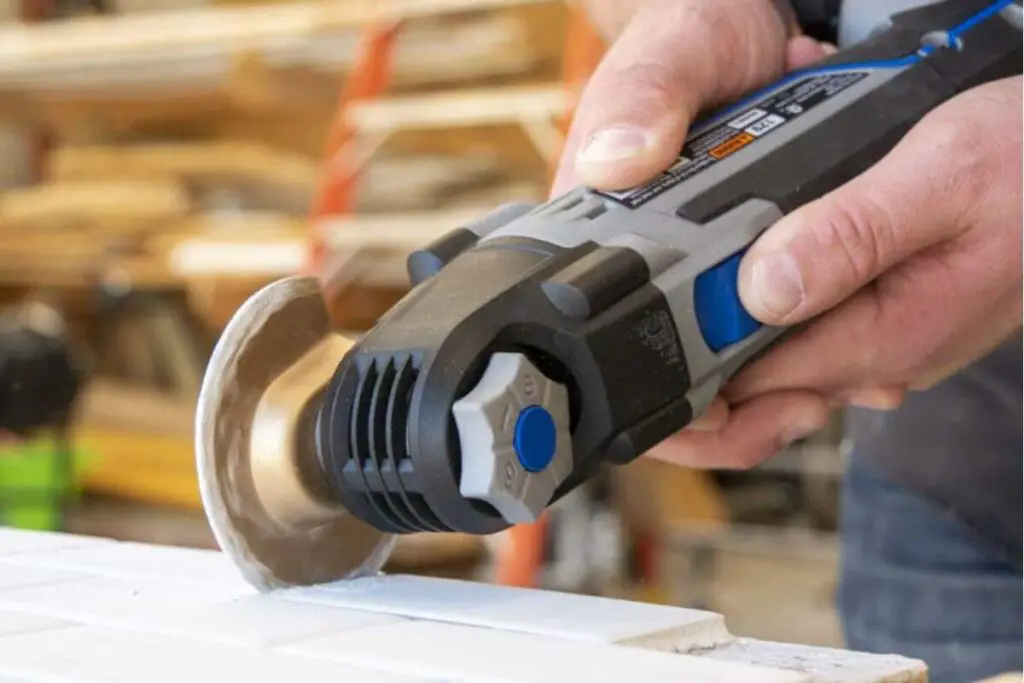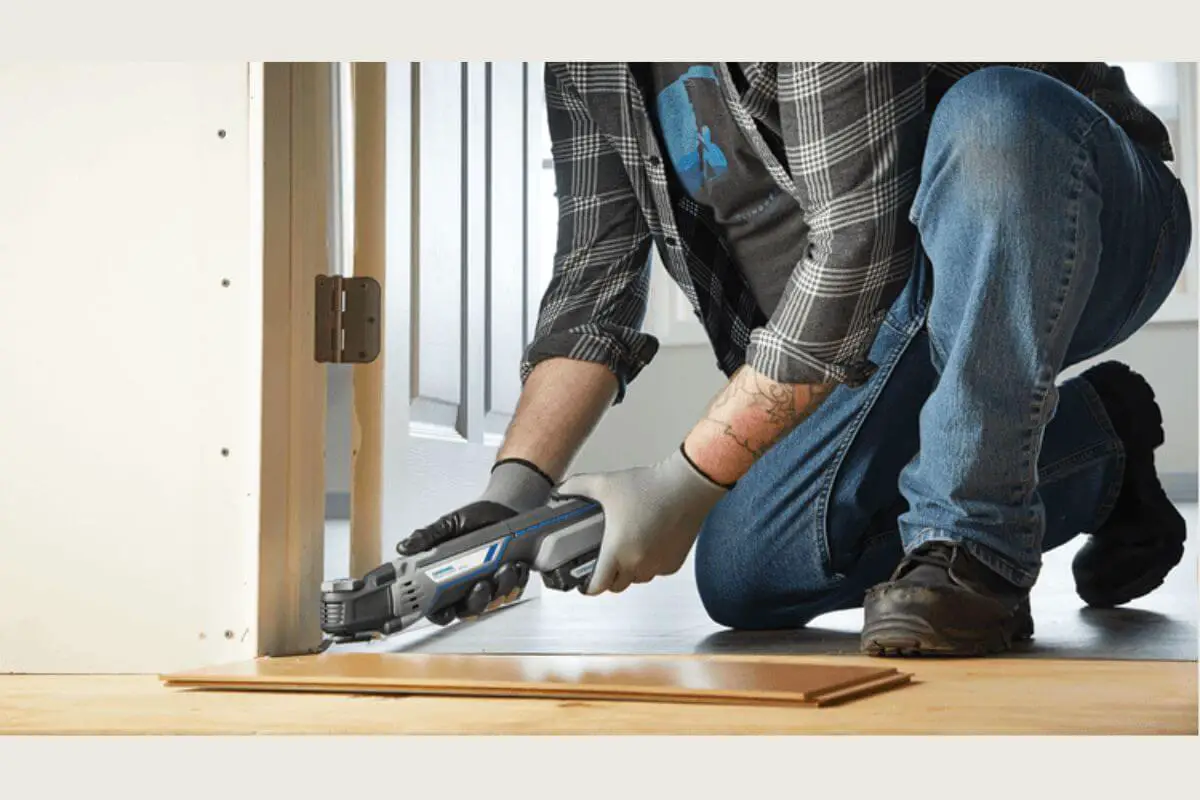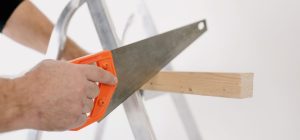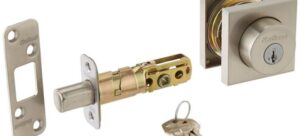In the world of power tools, two versatile options stand out – the Dremel and the oscillating tool. These tools have become essential for DIY enthusiasts, woodworkers, and professionals alike due to their ability to perform a wide range of tasks. In this article, we will delve into the details of Dremel vs. Oscillating tool, comparing their features, applications, and advantages. By the end of this guide, you’ll have a clearer understanding of which tool suits your needs best.
Introduction
In today’s do-it-yourself era, having the right power tools can make a world of difference in your projects. Among the many options available, Dremel and Oscillating Tools have gained prominence for their versatility and functionality.
Dremel: The Precision Craftsman
What is a Dremel?
A Dremel is a high-speed rotary tool designed for precision tasks. It’s known for its lightweight and compact design, making it ideal for intricate work.
Applications of Dremel
Dremel tools excel in tasks like engraving, carving, and polishing. They are indispensable for hobbyists and artisans who require detailed craftsmanship.

Pros of Using a Dremel
- Precise control
- Wide range of attachments
- Suitable for fine detail work
Oscillating Tool: The Versatile Workhorse
What is an Oscillating Tool?
An oscillating tool, on the other hand, features a blade that moves back and forth. It’s a versatile workhorse capable of handling various tasks.
Applications of Oscillating Tools
Oscillating tools are perfect for cutting, sanding, scraping, and more. They’re a staple in construction and renovation projects.
Advantages of Oscillating Tools
- Versatility in applications
- Quick blade changes
- Excellent for flush cuts
Head-to-Head Comparison
To determine which tool suits your needs, let’s compare these two powerhouses across essential parameters.
Power and Speed
Dremel tools typically have higher RPMs (rotations per minute), making them ideal for precision work. Oscillating tools offer a slower, controlled speed better suited for heavy-duty tasks.
Precision and Control
If you prioritize precision and fine detailing, a Dremel is your go-to choice. Oscillating tools, while versatile, may lack the finesse required for intricate work.
Versatility and Accessories
Oscillating tools shine in versatility, accepting various attachments for different jobs. Dremel also offers a wide range of attachments but is more specialized in its applications.
Noise and Vibration
Dremel tools are quieter and produce less vibration. Oscillating tools can be noisier and may cause more hand fatigue during prolonged use.
Choosing the Right Tool
Selecting between a Dremel and an Oscillating Tool boils down to your specific needs and circumstances.
Consider Your Projects
Think about the type of projects you undertake. If you often work on detailed crafts, a Dremel is an excellent investment. For construction and renovation tasks, an oscillating tool is indispensable.
Budget and Investment
Dremels tend to be more affordable, making them a cost-effective choice for beginners. Oscillating tools are pricier but offer immense versatility.
Skill Level
If you’re a beginner, starting with a Dremel can be less intimidating due to its precision. More experienced users may appreciate the versatility of oscillating tools.
Workspace and Noise
Consider your workspace and any noise restrictions. Dremels are quieter, making them suitable for indoor use, while oscillating tools can be noisier.
Maintenance and Safety
Whichever tool you choose, proper maintenance and safety measures are paramount.
Cleaning and Maintenance
Regularly clean your tools and replace worn-out parts. This ensures longevity and performance.
Safety Precautions
Always wear safety gear, such as goggles and gloves, when operating these tools. Follow the manufacturer’s guidelines for safe usage.
Wear Appropriate Gear
Invest in quality accessories and blades for your chosen tool. Using the right gear enhances performance and safety.
User Experiences
Before making your final decision, read user reviews and testimonials. Real-world experiences can provide valuable insights into the practicality and performance of these tools.
Conclusion
In the Dremel vs. Oscillating Tool showdown, both tools have their strengths. Your choice ultimately depends on your projects, budget, and skill level. Whether you opt for the precision of a Dremel or the versatility of an oscillating tool, these power tools are sure to elevate your DIY game.
FAQs
Are Dremel and Oscillating Tools suitable for beginners?
Both tools can be used by beginners, but Dremels are often favored for their precision, making them a good starting point.
Can I use these tools for automotive repairs?
Yes, both Dremels and oscillating tools have applications in automotive repair tasks, such as sanding and cutting.
What’s the lifespan of Dremel and Oscillating Tools?
With proper maintenance, these tools can last for many years, providing a good return on investment.
Are there any safety concerns when using these tools?
Safety is crucial. Always follow safety guidelines, wear appropriate gear, and use these tools in a well-ventilated area.
Can I find affordable options for both tools?
Yes, there are budget-friendly options available for both Dremel and oscillating tools, catering to a wide range of users.



